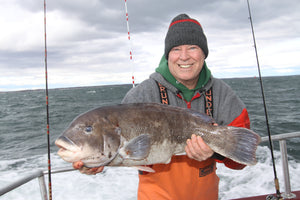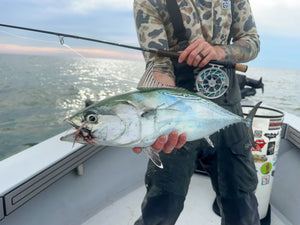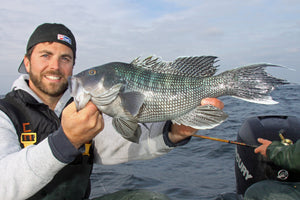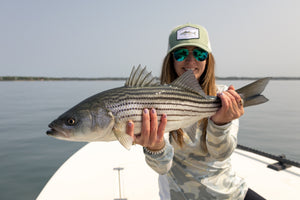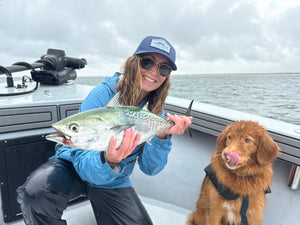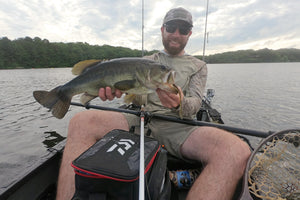Spring Blackfish Reboot
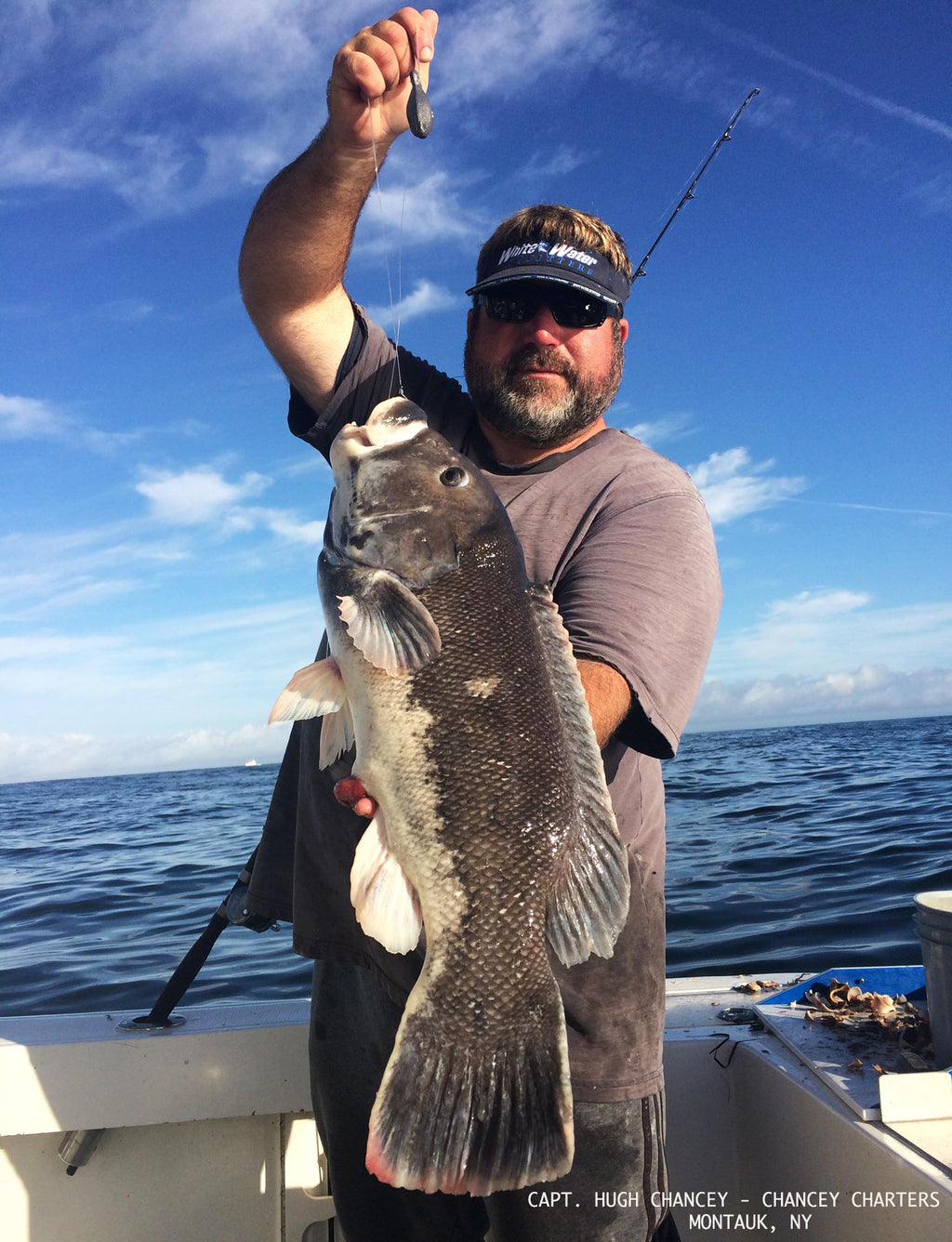
With another long winter drawing to a close, the arrival of spring is making cabin fever stricken anglers more impatient than ever. It's safe to say that every saltwater loyalist on Long Island is anticipating their first opportunity to slay some fish in 2018. For the last several years that meant flounder pounding or catching the first run of stripers in April, but this season we are presented with a third option. After nearly a decade of outcry, New York recreational fishing advocates were successful in convincing the NYSDEC to reinstate a spring blackfish season.
The logic behind re-opening the spring blackfish season was to fill the absence of a New York early spring fishing season. It's no surprise that winter flounder stocks and bag limits are hardly robust enough to encourage much angler participation. Then you have the April bass bite which is largely limited to the western section of Long Island and creates a disproportionate opportunity to participate in the saltwater fishery. Blackfish were the only viable saltwater species accessible from both shores, east to west and capable of bridging the gap leading up to the porgy and fluke season openers in May. Now that we've been given an opportunity with an April 1st-30th blackfish season, the question remaining is how many anglers are well versed enough to locate and catch some springtime togs?
As with any fishery, half the battle lies in finding your target species. After all, you can't catch what isn't under the boat. We all know that blackfish gravitate toward the hard bottom habitat consisting of rocks and/or wreckage, but I've heard a lot of mixed debate regarding favorable water depths in spring. With that being said, let's put to rest the shallow versus deep theories for now. Yes, tautog are a spring spawning fish and must move shallow to drop and fertilize their eggs but let's not forget, such activity is largely dependent on water temperature. April 1st is less than two weeks after the official start of spring, so while us land dwellers might be entering a warmer mindset, fish are still more in tune with the winter temperatures.
March can be a very fickle transition month comprised of either unseasonable warmth, or bitter cold. So, what we see in terms of early April sea surface temperature is extremely unpredictable. More often than not, ocean and sound waters will be hovering in the low 40's, perhaps the mid-40's if we're lucky. Then the spring warming trend should bring the water temperature up 1 degree or so per week. Why is this significant? Blackfish don't usually snap out of their winter slumber until we start seeing sea surface temperatures around 48 degrees. All those fish that posted up in the deep at the conclusion of our fall season may not be making the transition to shallow water in April. Their activity is more slow and deliberate. Keeping this in mind, one would be advised to focus their spring tog efforts where they left off in December. That should mean targeting pieces in anywhere from 80-120 feet of water.
The deep affords a much more comfortable and stable environment for wintering blackfish. While large, hard crab baits still have catching potential and shouldn't be overlooked, smaller, softer morsels are also likely to get the nod from these lethargic, fasted fish. So bring your typical greens and whites if you've got them, but don't forget the hermits, skimmer clams and bank mussels. An alternative and over overlooked bait may include sandworms which are commonly found in April.

Now how do you present the aforementioned soft baits? Honestly there are a thousand and one rig configurations to choose from. When fishing hard crabs, I always tell people to fish rigs that allow the bait to lay flat on the bottom so that they appear natural. Worms and the meat from clams and mussels however, can suspend and drift up from the bottom with the sweeping tide, so fishing them on a high-low rig won't look out of place. The one consideration I will stress is the hook size. Blackfish typically bite far less aggressively during the early spring than they do in the fall, so scaling down your hook size is often essential. Therefore, the 5/0 and 6/0 octopus hooks I favor for large, hard baits get traded out for 3/0 and 4/0 sizes when fishing the smaller portioned soft baits.
For those of you who are avid toggers but lack spring blackfish expertise, be forewarned that the sensation felt during a spring bite will likely be much different than what you're accustomed to in the fall. I cannot overstate that these fish are notably lethargic after a long winter in frigid water with a diminished metabolism. Sometimes all you'll feel is one solid thump, especially with the easy-to-inhale soft baits. Other times you'll simply lift your rod tip and detect extra weight that wasn't there before. A third bite variation that would otherwise be counter-intuitive to swing on is a scratchy, porgy-like rapping. If what I described sounds a little vague and confusing that's just the nature of the beast.
Spring blackfish are vexing as hell to patter and the best advise I can give is to focus on any unusual tug or tap transmitted from the end of your line. If something feels suspect don't be afraid to give a gentle test lift or swing with authority depending on what your intuition is telling you. Once you connect with a fish or two it will become more evident what sort of bite is key on where you're fishing that given day. Should frustration ever reach a high point, try switching out the soft stuff for a hard crab in order to coax a classic bite.
Hopefully, some of this knowledge will serve you well this coming April and help make the most of the gift we've been given by the NYSDEC. Don't be afraid to experiment with baits and water depths until bites start coming in succession. Be ready to adapt and go prepared to target other species as well. Depending on what port you call home, striped bass, flounder, and cod could serve as a solid combo pairing to your April tog fishing.
- White Water Outfitters Admin

